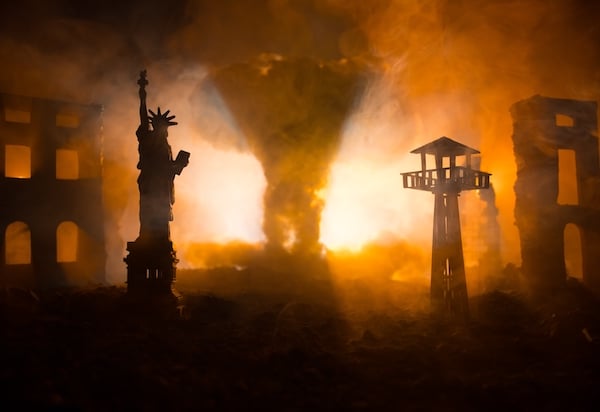America has long had a plastic problem. It’s an urgent question — what do we do with the 40 million tons of plastic waste we produce annually? One year of plastic waste is roughly enough to smother the entirety of Manhattan a meter deep, and it has to go somewhere. For years, the answer was simple: Make a lot of it, dump most of it in the landfill, and make the rest of it someone else’s problem — the US regularly exported 7 million tons a year to China alone. Some of it was melted into lesser plastic; the rest was incinerated or buried.
But then, in 2018, China cut off plastic imports.
Now, America is coming to terms with a hard truth: Plastic was never designed to be recycled and there’s no profitable way to recycle 91% of it. The environmental impacts have been disastrous. About 430 million tons of plastic are produced globally every year, accounting for 14% of global oil demand. The refinement of plastic alone emits up to 235 million tons of greenhouse gases a year. Most of that plastic breaks down into microplastics that make their way into the air, rain, and our bodies. Almost 95% of America’s water supply contains plastic fibers.
While the US, the UK, and other European countries responded to China’s ban by sending their waste to places like Thailand and Malaysia, those countries then followed China in cutting off waste imports. The message was clear: The Global South would no longer be a dumping ground for the West.
…click on the above link to read the rest of the article…













